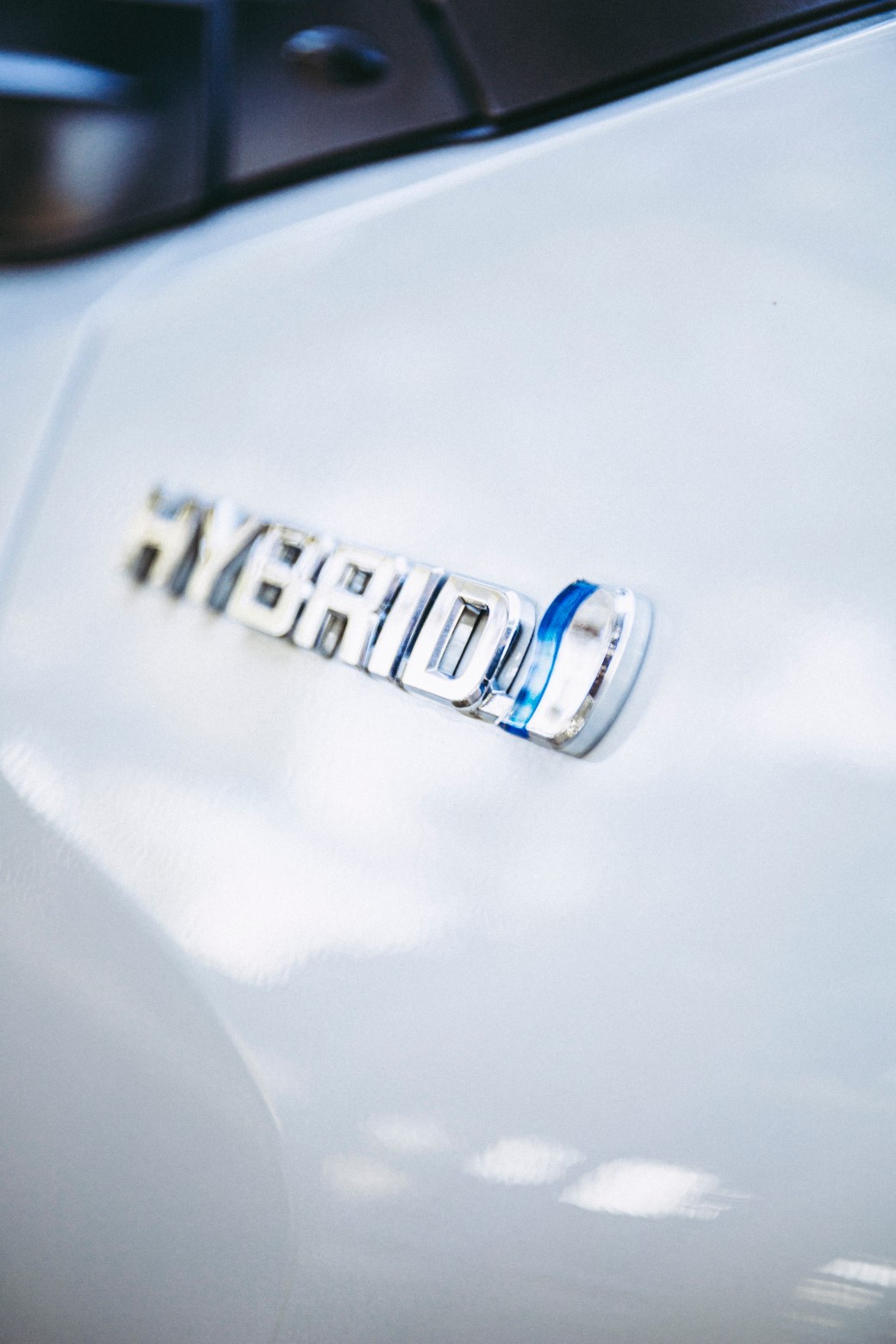Electric vehicles: The cost of their upkeep
With soaring fuel costs and increasing concerns about fossil fuel pollution, it is unsurprising that interest in electric vehicles (EVs) is growing. But, while sales of electric vehicles in South Africa more than doubled in 2021, this still equated to just 218 cars – or 0.05 per cent of total vehicle sales. Manufacturers cite concerns over EV infrastructure, power grid instability and high upfront costs as deterrents to potential buyers. For example, most EVs currently available in South Africa are from premium brands that come with an expensive price tag.
For electric vehicles to take off in South Africa, buyers need more affordable models and government incentives. Luckily, EV prices are coming down, and more entry-level and mid-market vehicles are becoming available. Analysts predict the EV market will grow “exponentially” as manufacturers launch these new models. Furthermore, in many cases, the cost of running and maintaining an EV is already cheaper than a petrol or diesel vehicle. As a result, EV ownership can lead to “significant” savings for buyers in the long term, suggest EV manufacturers.
Battery electric vehicles (BEVs)
Electric vehicles – also known as battery electric vehicles (BEVs) – are powered entirely by electricity. This means EVs have no internal combustion engine (ICE), fuel tank or exhaust pipe. Instead, they have one or more electric motors powered by a large battery. Drivers charge the battery via an external outlet, either at home or using more powerful chargers at commercial charging stations. In 2022, the average EV can travel up to about 418 kilometres (km) on a single battery charge.
Most EV batteries last around 10 to 20 years and are usually covered by a five to eight year warranty. In terms of distance, their lifespan can last 320,000 to 480,000-plus kms. This means that the lifespan of an EV and its battery can be significantly longer than an ICE vehicle.
In addition to cheaper running and maintenance costs, EVs offer many other benefits versus ICE vehicles. They are far more efficient, quieter, smoother to run, more comfortable and responsive and better for the environment than their ICE counterparts.
The most popular electric motor vehicles
The best-selling EVs in South Africa in 2021 were the Mini Cooper SE, BMW iX, Porsche Taycan and BMW i3. Globally, the highest selling EVs in 2021 were the Tesla Model 3 and Tesla Model Y, Wuling Hong Guang Mini EV and Volkswagen ID.4.
Demand is growing for electric vehicles
Despite the slow uptake in South Africa, buyer searches for EVs were up 134 per cent year-on-year in the first half of 2022, according to AutoTrader’s mid-year report. A survey linked to the report found that over 70 per cent of respondents would be interested in switching to electric should models cost less than R500,000. Additionally, 38 per cent of those questioned aged 35 to 54 said they are looking to buy an electric vehicle within the next three years.
In addition to this growing interest, imminent market changes will boost EV demand. As well as more entry- and mid-range models entering the market, falling manufacturing costs and government incentives will make EVs more affordable. The second-hand EV market will also grow over time, bringing in the cheaper options that buyers are seeking.
In contrast, as the costs of EVs fall over the coming years, ICE vehicles will become comparatively more expensive. For example, South Africa’s petrol prices more than doubled between 2017 and 2022. Fuel price volatility, the fuel levy and vehicle emissions tax rate are likely to make ICE vehicles increasingly costly to run. This will further drive demand for EVs.

Electric vehicles: Costs to consider
The upfront costs of an EV can be a barrier for many looking to buy today. “It’s worth remembering that we’re just at the start of the electric vehicle revolution and people who get on board now will be paying an early adopter tax”, said Ernest North, co-founder of digital platform Naked Insurance.
However, despite a current higher-than-average price tag, EVs are often more cost-effective than ICE vehicles over the period of ownership. This is because upfront costs are usually more than offset by significantly lower running and maintenance costs. For example, a 2021 study by the Nickel Institute investigated the total cost of owning (TCO) an electric vehicle in various parts of the world. It found that the TCO was “overwhelmingly” cheaper for small and mid-sized EVs versus ICE ownership but less so for luxury vehicles. The value of EVs also depreciates slower than the industry average. This means that they hold their value for longer than comparative ICE vehicles.
Car buyers should therefore consider each vehicle’s total cost of ownership when deciding whether to go down the electric car route. Here is a breakdown of the many cost factors to consider when buying an electric vehicle and how these costs might be affected by a rapidly changing market.
The upfront costs of an electric vehicle
Currently, most EVs available on the South African market are for more luxury brands that can often exceed R1 million. The most popular model in South Africa is currently the Mini Cooper SE. Until recently, this was also the cheapest model, but even this has a high price tag of R658,000. However, more affordable second-hand vehicles are also available, with the 2015 Nissan Leaf on sale for an average of R385,000. Furthermore, the main factors that contribute to the current high costs of new EVs in South Africa are expected to reduce in the near future.
Taxes
In South Africa, taxes alone make up a significant proportion of the upfront cost of a new EV – as much as 42 per cent. This includes a 25 per cent import tariff and 17 per cent ad valorem (luxury tax). Local manufacturing has the potential to eliminate these prohibitively high import tax burdens in the future, as would scrapping these high taxes outright.
Electric vehicles battery
Another significant cost component of an EV is its battery. However, once again, these costs are expected to fall. By 2023, lithium-ion batteries are expected to drop to around USD $100 per kilowatt-hour (kWh). This tipping point would make EVs as cheap to manufacture as ICE cars.
Buyer incentives
Successful EV uptake in other countries has largely been driven by government incentives directed at buyers. The non-profit economic research institution Trade & Industrial Policy Strategies recommends a temporary government grant of R80,000 to incentivise inclusive EV adoption in South Africa. Such an incentive would further reduce the upfront costs of EV ownership.
More affordable models of electric cars
Upfront costs will also fall as more entry-level models enter South Africa’s market. These are expected to come from a kickstart of local EV manufacturing industry in addition to lower-cost imported models. For example, the Eleksa CityBug entered the market in 2022 designed for short-distance or city drivers. This took over the Mini Cooper SE as the cheapest option by far, costing R230,000.
The ongoing costs of an electric vehicle
Charging costs
The cost of charging your EVs battery is a key ongoing cost to consider. But, EVs run far more efficiently than ICE vehicles, which waste around 60 per cent of fuel. This means EVs use much less energy to travel the same distance as an ICE vehicle, making it significantly cheaper to run a car on electricity versus petrol or diesel.
As an example, a 2022 field study by the automotive company Jaguar South Africa tested EV and ICE vehicles in real-world driving conditions. The results of the study in costs per kilometre are as follows. The range of costs per kilometre represents different vehicle models tested:
- Electric vehicle: R0.30 to R0.60 (with charging cost at R2.00 per KWh)
- Petrol: R1.04 to R4.17 (at R20.88 per litre)
- Diesel: R0.94 to R3.79 (at R18.96 per litre)
The results clearly demonstrate the cost saving of powering an electric vehicle. “ICE cars simply cannot compete with EVs on energy costs and rands per kilometre”, said Andrew Blane from Jaguar Johannesburg.
How to calculate fuels costs
With fuel and electricity costs ever-changing, Jaguar provides a formula for consumers to use. “To work out your current car’s cost per kilometre, simply take the average fuel consumption in your trip computer in litres per 100km (l/100km), divide the figure by 100 and multiply the result by the cost of fuel per litre.”
Furthermore, those with home solar systems can charge an EV at “next to nothing compared to the eye-watering costs of petrol”, said Mr North. Meanwhile, as South Africa transitions its electricity towards more low-cost wind and solar generation, charging EVs both from home and at commercial stations should become progressively cheaper over the coming years as the price of electricity falls. Solar and storage can also provide backup power to grid outages, reducing the risk of grid instability while charging.
Insurance
Vehicle insurance is a vital cost to factor in when considering the affordability of a car. Insuring an EV in South Africa today might be more costly due to higher than average vehicle value and repair costs, says Wynand van Vuuren from King Price Insurance. But, much like an ICE vehicle, the cost of insuring an EV depends on many factors. These include the driver’s age, location, vehicle value and the costs of parts and repairs of the model. In addition, vehicle safety features and road incident history of the driver are also considerations. Depending on these factors, insuring an EV can be either comparatively more or less costly than the equivalent ICE vehicle.
Naked Insurance has calculated average monthly insurance premiums for certain scenarios for South African insurers. As of April 2022, examples of monthly insurance costs for South Africa’s best-selling car – the Mini Cooper SE – are:
- R2,726: insurer aged 28 and R1,500 excess
- R2,438: insurer aged 28 and R5,000 excess
- R2,069: insurer aged 48 and R1,500 excess
- R1.850: insurer aged 48 and R5,000 excess

Maintenance costs
Electric cars have fewer moving parts to replace than traditional cars. This means many models may be cheaper to maintain than an ICE vehicle, said Mr North. EVs have no oil to change and use regenerative braking, meaning there is usually little wear to the brakes. They also have no catalytic converter or clutch, which are often the costly parts to replace in an ICE car.
The maintenance an EV will need over its lifetime includes:
- Tyres – electric vehicles can be weighty due to the battery, so tyres might need rotating or replacing more than an ICE car
- Coolant level – coolant is needed to help prevent the battery from overheating
- Charging point and cable – general wear and tear might mean these need replacing very occasionally
- Brake maintenance – brake pads, discs and fluid might need replacing occasionally
- Routine servicing and breakdown cover, as required
Electric vehicles: Opportunities for South Africa
There are many costs to consider when considering switching to an electric vehicle. For those currently priced out by high-priced models, market changes and government policies are expected to help remove barriers to EV ownership. For example, South Africa’s draft policy for clean transport includes significant incentives to drive forward a new EV industry in the country. Released in May 2021, the ‘Green Paper’ includes investment in the expansion and development of EV manufacturing plants. It also proposes subsidies for manufacturers and buyers to help spur the supply and demand of EVs.
These policies need to be rolled out fast. Because South Africa’s automotive industry is its largest manufacturing sector and an important export industry, the country risks losing its market as importing partners ban ICE vehicle sales. Likewise, there is a long-term opportunity for South Africa to establish a new and potentially lucrative EV export market while bringing more affordable EVs to South African buyers. As the adoption of EVs increases, people can also expect cleaner air, quieter cities and lower climate-polluting greenhouse gas emissions as further benefits of electric vehicles.
Related Articles
The difference between EVs and hybrid cars
The main difference between EVs and hybrid cars is how they are powered. An EV gets its power exclusively from electricity, while hybrid cars – as the name suggests – run on a mix.
Compressed natural gas vehicles: Why they are just as bad
Unfortunately, compressed natural gas is not actually a green alternative fuel. CNG-powered vehicles are just as bad for the environment as their petrol or diesel counterparts.




